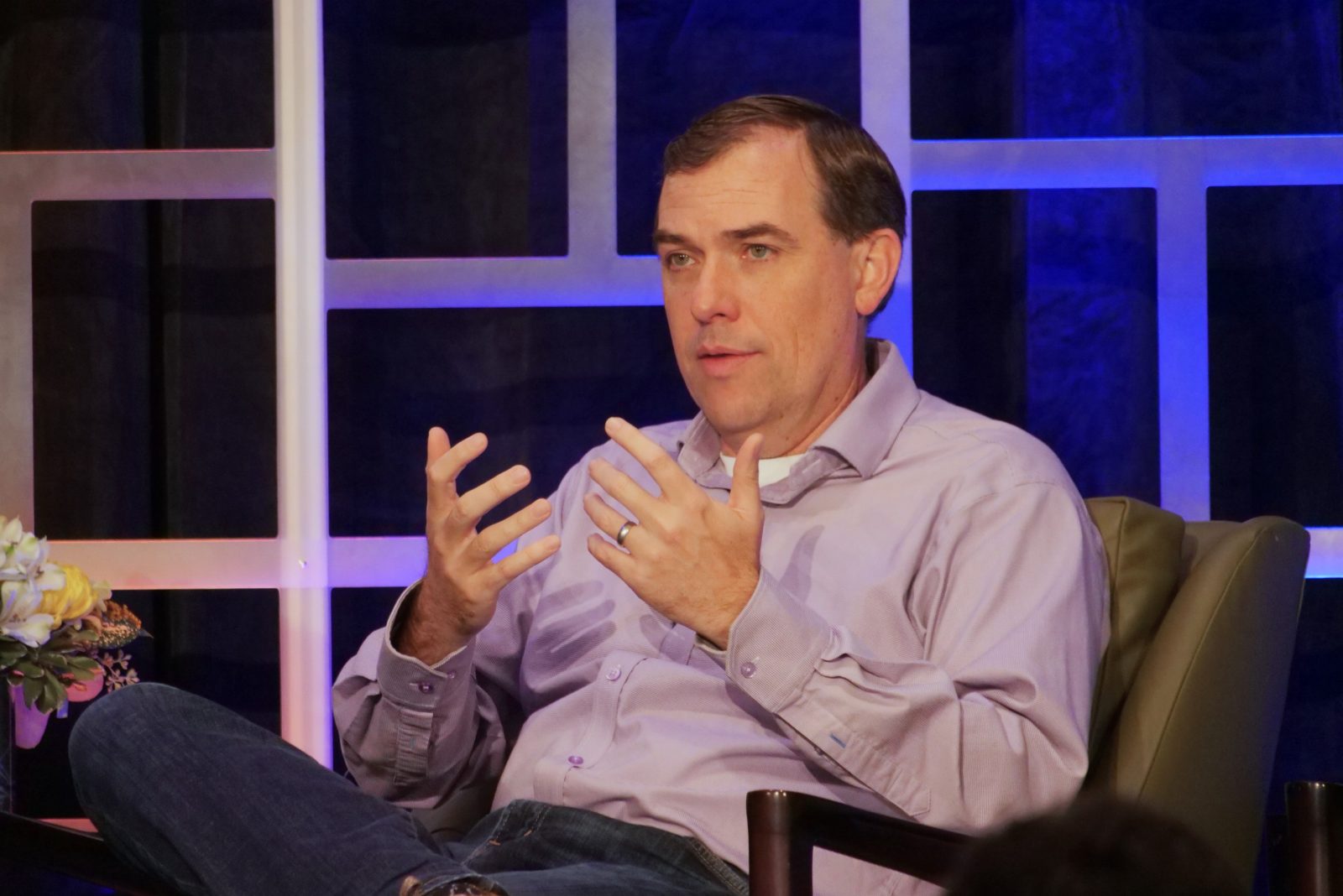Adam Selipsky’s recent departure as CEO of Amazon’s AWS cloud computing unit came as a surprise, especially with Matt Garman being named as his successor. Garman’s long history with Amazon, beginning as an intern in 2005 and progressing to senior vice president for AWS sales, marketing, and global services, equips him with extensive knowledge of the company and its operations. His familiarity with AWS’s core business positions him uniquely to lead the division during this transition.
In a recent interview, Garman explained that he has opted not to implement major changes within AWS since assuming leadership, noting that the business is performing robustly. His strategy involves reinforcing the company’s focus on startups and developers while also catering to larger enterprises and regulated sectors. This balanced approach acknowledges the evolving nature of AWS and the need to nurture relationships with a diverse range of customers for sustained growth.
Garman highlighted the importance of keeping pace with the rapid advancements in the cloud computing industry. He stressed that AWS must continue innovating its services, capabilities, and features to remain competitive. According to Garman, the breadth and depth of AWS’s service offerings, along with its reputation for security and operational excellence, are key factors that attract customers. He aims to maintain this momentum and address the dynamic needs of clients effectively.

When asked about the speed of AWS’s innovation in the past, Garman defended the company, asserting that innovation would only increase moving forward. He emphasized the need to adapt to new technologies, particularly generative AI, which has recently gained significant attention. Garman noted that AWS must be proactive in embracing these developments to secure its position as a leader in cloud computing services.
Although some critics argued that AWS was slow to launch generative AI tools, Garman clarified that the company had been exploring this technology before it gained widespread popularity. He expressed confidence that AWS’s careful approach allowed for a more thoughtful integration of generative AI into its offerings, ultimately providing customers with a flexible platform to build applications tailored to their specific needs.
One of the key products reflecting this strategy is Bedrock, AWS’s generative AI platform that gives users access to various models for customization. Garman remarked on Bedrock’s rapid growth and adoption, indicating strong interest from users. To further enhance the appeal of generative AI, he is committed to improving affordability through advancements in custom silicon and cost-effective pricing models.
Additionally, AWS recently introduced Q, a generative AI-powered assistant designed to assist developers and businesses. Q Developer aims to streamline the development process, helping teams modernize legacy applications and save significant resources. On the other hand, Q Business focuses on aggregating company data and enhancing search functionalities, providing users with valuable insights in an accessible format.
In a notable shift, Garman announced plans to phase out certain AWS services, which is a departure from the company’s traditional approach. This decision stems from a reassessment of services that may not have met performance expectations or have been eclipsed by more effective alternatives.
Garman underscored the importance of responsibly managing the services offered by AWS, ensuring that customer support remains a top priority. He also pointed to a positive evolution in AWS’s relationship with the open-source community, highlighted by recent contributions to initiatives like OpenSearch, showcasing the company’s dedication to collaboration and community involvement.







Leave a Reply